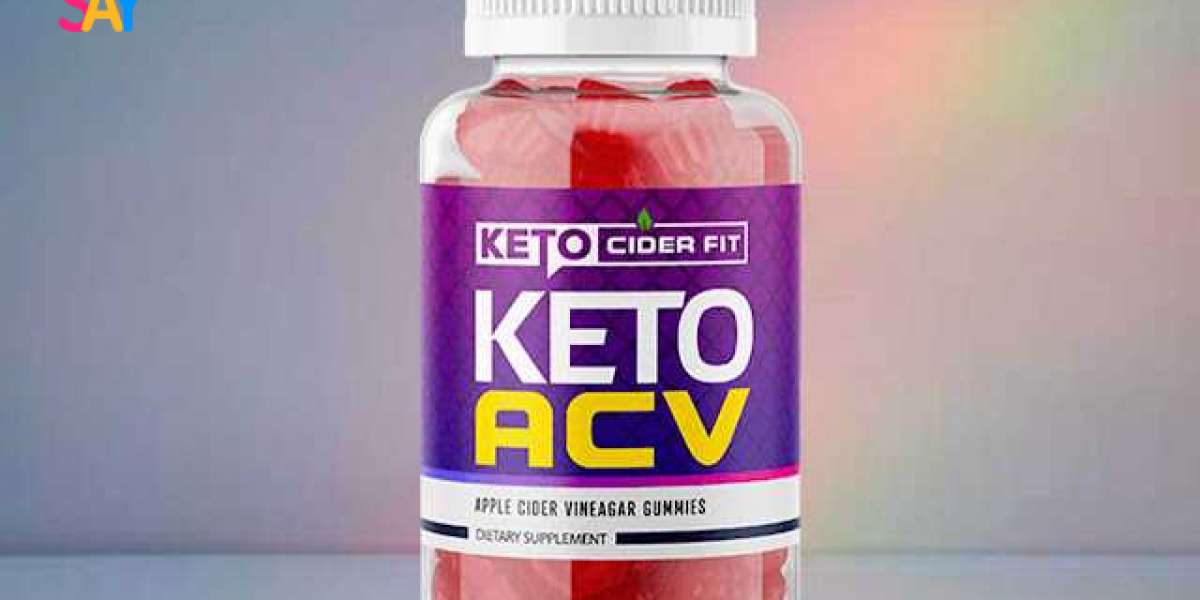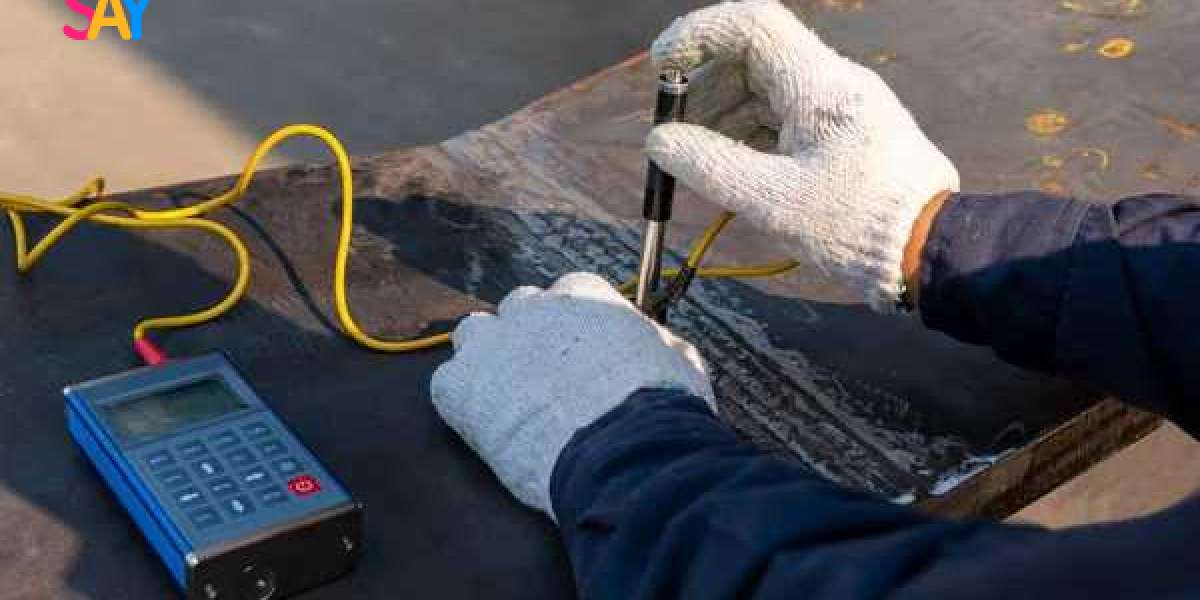See More Guide to Converting Fluorescent Lighting to LED
Introduction
LED (Light Emitting Diode) panels are a popular lighting solution used in various applications such as residential, commercial, and industrial settings. They offer numerous benefits, including energy efficiency, long lifespan, and environmental friendliness. However, it is not uncommon for LED panels to develop a yellow tint over time, which can affect their overall performance and aesthetics. To understand why this happens, it is crucial to delve into the science behind LED panels and the factors that contribute to their yellowing.
Understanding LED Panels
LED panels are composed of an array of light-emitting diodes that produce illumination when an electrical current passes through them. These diodes emit light in different colors, including white light. The white light is achieved by combining red, green, and blue (RGB) diodes or through phosphor-coated LEDs that convert blue light into white light. The latter is more commonly used in LED panels.
Causes of LED Panel Yellowing
1. Heat Exposure
Heat is one of the primary culprits behind LED panel yellowing. When LED panels operate for extended periods, they generate heat. Excessive heat can degrade the materials used in the panel, including the phosphor coating, which can result in color shifts and a yellowish hue. Additionally, poor heat dissipation due to inadequate ventilation or improper installation can exacerbate this problem.
2. UV Radiation
UV radiation, particularly from sunlight, can cause LED panels to yellow over time. The UV rays can degrade the phosphor coating, leading to a color shift. This issue is more prevalent in LED panels that are exposed to direct sunlight or strong artificial UV light sources.
3. Material Degradation
Over time, the materials used in LED panels can undergo degradation due to various factors such as exposure to chemicals, moisture, and pollutants. This degradation can affect the performance and color stability of the phosphor coating, leading to yellowing.
Effects of Yellowing
Yellowing of LED panels can have several negative effects. Firstly, it can alter the color rendering of the light emitted by the panels, resulting in a less accurate representation of colors. This can be particularly problematic in applications where color accuracy is crucial, such as art galleries, retail stores, or photography studios. Secondly, the yellowing can diminish the overall brightness and efficacy of the LED panels, reducing their effectiveness in providing adequate illumination.
See More How to Tell Short and Sweet Bedtime Stories with LED Lights Under the Bed
Preventive Measures
To prevent or minimize LED panel yellowing, several preventive measures can be taken:
1. Proper Ventilation and Heat Dissipation
Ensuring proper ventilation and heat dissipation is crucial for maintaining optimal operating temperatures. Adequate airflow around the LED panels can help dissipate excess heat, reducing the risk of material degradation and yellowing. Proper installation and the use of heat sinks or cooling fans can contribute to effective heat management.
2. UV Protection Films
Applying UV protection films or coatings to the LED panels can help mitigate the harmful effects of UV radiation. These films act as a barrier, reducing the UV exposure and minimizing the chances of yellowing caused by UV degradation.
3. Quality Assurance and Material Selection
Choosing LED panels from reputable manufacturers known for their quality assurance practices can help ensure better performance and longevity. High-quality materials and robust manufacturing processes can contribute to enhanced resistance against yellowing.
4. Regular Cleaning and Maintenance
Regular cleaning and maintenance of LED panels are essential to prevent the buildup of dust, dirt, or other contaminants that can contribute to yellowing. Using appropriate cleaning methods and products recommended by the manufacturer can help maintain the panels' performance and appearance.
See More Bright Ideas: Exploring the World of LED Lights







